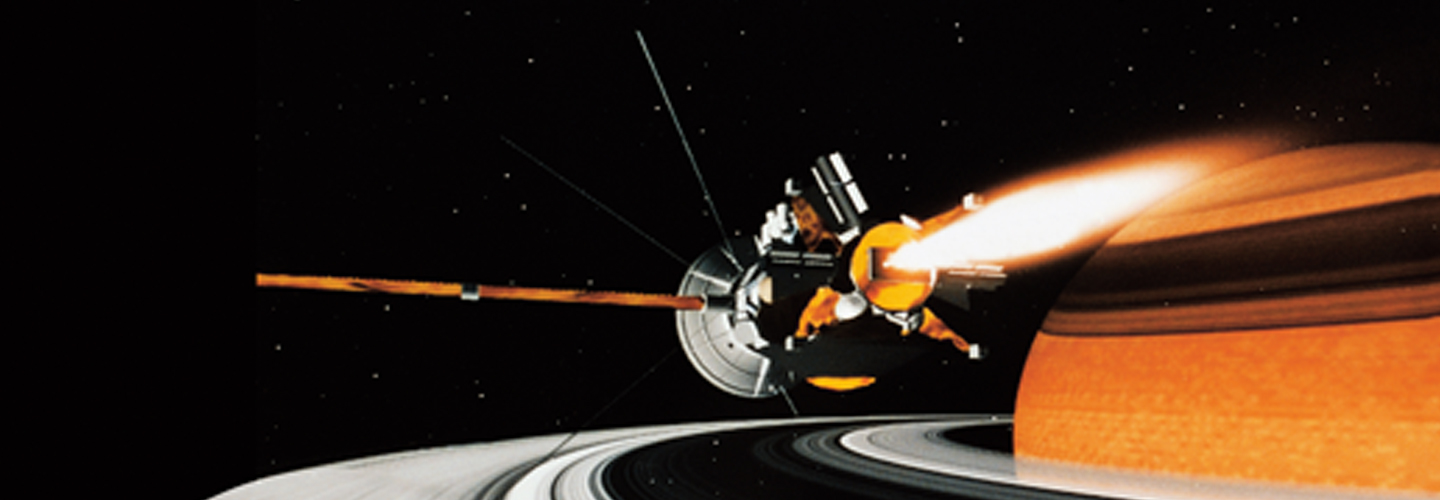Last September, NASA sent a spacecraft called Cassini (kah-SEE-nee) plunging into Saturn’s atmosphere. It burned up in a blaze of glory—just as scientists planned.
Cassini explored Saturn, its moons, and its rings for 13 years. Its discoveries challenged our thinking about where life might exist beyond Earth. But Cassini started running low on rocket fuel, so its mission had to come to a fiery end.
In honor of Cassini, let’s take a look at five of its most exciting discoveries!
Last September, NASA sent a spacecraft called Cassini (kah-SEE-nee) plunging into Saturn’s atmosphere. It burned up in a blaze of glory—just as scientists planned.
Cassini explored Saturn, its moons, and its rings for 13 years. Its discoveries challenged our thinking about where life might exist beyond Earth. But Cassini started running low on rocket fuel, so its mission had to come to a fiery end.
In honor of Cassini, let’s take a look at five of its most exciting discoveries!

